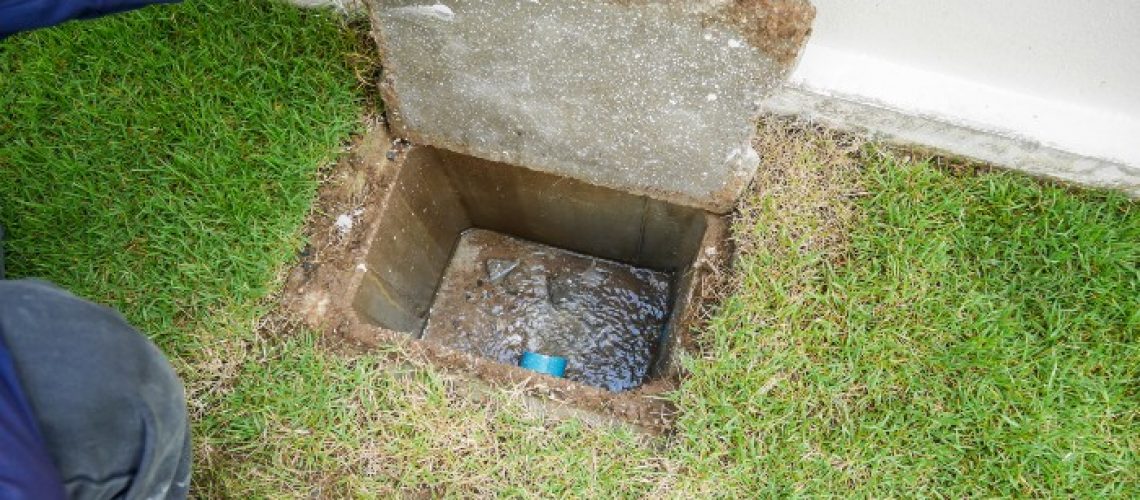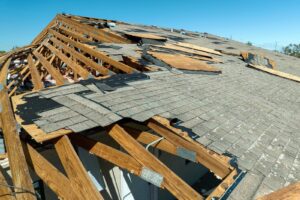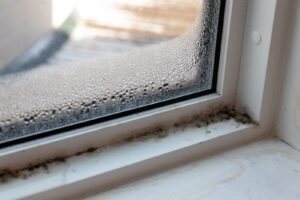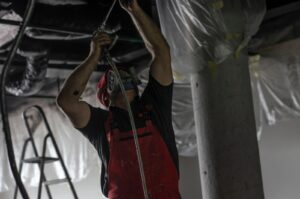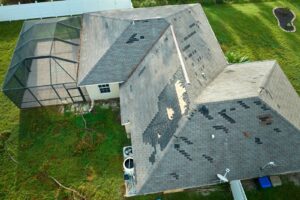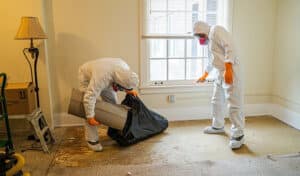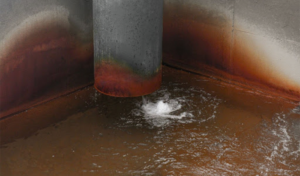One of the biggest and most disheartening messes you can find as a homeowner is a sewer backup, which can threaten your family’s health.
Sewer water is packed full of microbes like viruses, parasites, bacteria, and other germs that can cause serious, even life-threading illnesses. It should be correctly cleaned up as soon as possible. The moment a sewer leak begins, it is important that proper techniques are used to restore them to a safe and useable condition. This is not a do-it-yourself job and should be left to the professionals.
Continue reading to learn what you should do after a sewer backup in your home.
8 Important Steps to Take After a Sewer Backup
Because each of these contaminants poses significant health concerns, it is crucial to safely, quickly, and correctly approach this mess. The sooner you take action on sewer backups, the less damage your home and health will incur. Here is what you should do:
- Do Not Use Fixtures Hooked Up to Plumbing — Do not use or flush toilets, drain sinks or bathtubs, or use the water supply or plumbing in your house until the sewer issue has been resolved.
- Skip the Harsh Chemicals and At-Home Methods — As tempting as it may be to try fixing the issues yourself with at-home cleaners de-clogging solutions, do not use harsh chemicals to correct the problem. These intense chemicals can permanently damage your pipes and sewer lines, leading to bigger, messier, more expensive problems. Instead, find an at-home cleaner that uses enzymes versus chemicals. The enzymes may resolve the clog and can prevent future problems.
- Block off and Clear the Area — It is incredibly important to keep your loved ones, especially children and pets, away from the contaminated area.
- Turn off Power if it is Safe — If it is safe, turn off your power. If it is not safe, do not go anywhere near the electrical equipment.
- Open Doors and Windows — Keep the area ventilated by opening windows and doors to let in fresh air and air out any harmful fumes.
- Wear Protective Gear — When in the affected area, make sure to protect yourself from contaminates by wearing gloves, goggles, a face mask, and boots.
- Bleach Standing Water — Begin the disinfection process by adding a small about of chlorine bleach to standing water.
- Call the Professionals — A professional remediation specialist will have the necessary and adequate equipment to quickly, effectively, and safely remediate a backup in your home.
Contact the Professionals at Restoremasters
A sewer backup in your house is not a pretty sight. On top of the damage it can cause, the pathogens in the water and air also pose major health hazards to you and your family.
If your home along the Wasatch Front has been affected by one of these backups or other disasters, such as flood, fire, or mold, the professionals at Restoremasters can help. Each of our skilled technicians has years of experience in the mitigation, cleanup, and restoration fields and is ready to help you when emergency strikes. To experience the Resoremasters difference, contact us today. We serve Salt Lake and Utah counties in Utah.

